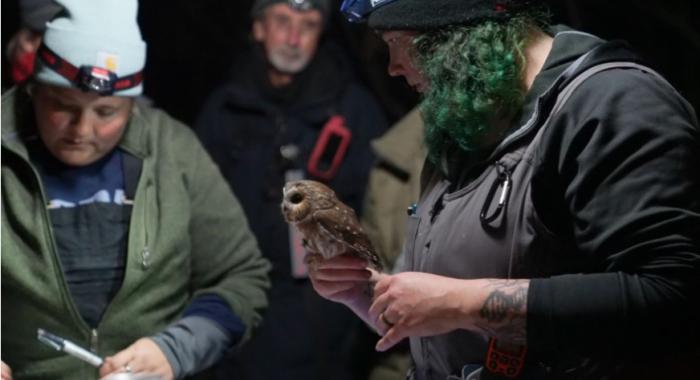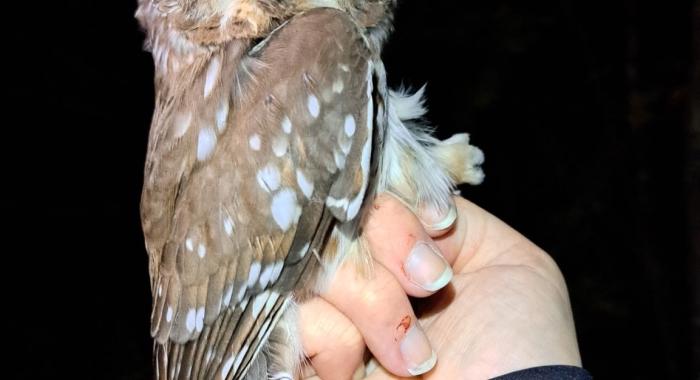Forest Society Blog - News & Features
Search filters
Results

Forest Society Celebrates Grant Awards as LCHIP Marks its 25th Anniversary
The Forest Society received three LCHIP grants as part of a $3.5 million statewide investment in land conservation and historic preservation announced by Governor Kelly Ayotte. Together, the grants will help conserve nearly 1,800 acres in Madbury, Nelson, and Springfield—protecting forests, wildlife habitat, and vital water resources across New Hampshire.
- Tags:
- Land Conservation,
- Clean Water,
- Wildlife

Forest Journal: The Christmas Nest: The gift of a lifetime
Dave reflects on how a childhood discovery—a bird’s nest hidden in a Christmas tree—sparked a lasting connection to nature, memory, and place. From suburban New Jersey to New Hampshire forests, it celebrates the quiet power of early encounters with the natural world.
- Tags:
- Forest Journal,
- Education,
- Wildlife

Something Wild: Succession is nature's unfolding
This reflection weaves together the rhythms of ecological change with a transition behind the microphone at Something Wild. As forests, wildlife communities, and seasons evolve, so too does the show—marking Chris Martin’s retirement as co-host and welcoming Grace McCulloch to carry the conversation forward, reminding us that change is not an ending, but a continuation.
- Tags:
- Something Wild,
- Education,
- Wildlife

Forest Society Adds 370 acres to the Morse Preserve in Alton
The Forest Society has expanded the conserved landscape in the Belknap Range to 1,050 acres. The newly protected ridgeline and headwater forests—made possible with support from state and local conservation partners—will safeguard wildlife habitat, views, and local drinking water.
- Tags:
- Land Conservation,
- Wildlife,
- Clean Water

Forest Journal: These little owls are a big deal
Northern saw-whet owls are among New Hampshire’s tiniest — and most elusive — forest residents, but a recent visit to the Black Mountain Banding Station offered a rare chance to see these pint-sized nocturnal raptors up close. Through Project Owlnet, banders are helping uncover the mysteries of saw-whet migration, biology, and behavior, one adorable owl at a time.
- Tags:
- Forest Journal,
- Education,
- Wildlife

Something Wild: Listers, extreme birdwatching, and the "Big Year"
Extreme birder Gino Ellison joined Something Wild to share how his 2023 Big Year led him across 78,000 miles and to an incredible 802 bird species. He reflects on what drives dedicated “listers” and why anyone can try their own Big Year—right in their backyard.
- Tags:
- Something Wild,
- Wildlife,
- Education

Something Wild: Up close with NH's tiniest — and cutest — owl
The Something Wild team visited Black Mountain Forest to see northern saw-whet owls up close. On a record night at the banding station, 15 owls were banded and released, helping researchers track these tiny, elusive nocturnal hunters.
- Tags:
- Education,
- Something Wild,
- Wildlife

Tiny Owls, Big Night at Black Mountain
A record night for the Black Mountain Banding Station! Fifteen Northern Saw-whet Owls were banded and released during a recent field trip, offering participants a rare look at this small, fierce nocturnal predator and the research that helps uncover its migration mysteries.
- Tags:
- Wildlife,
- Land Conservation
